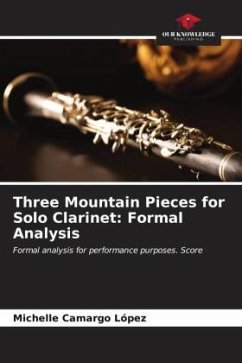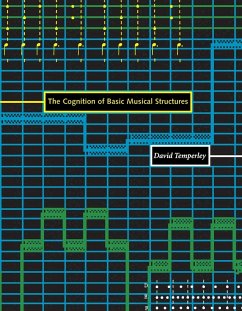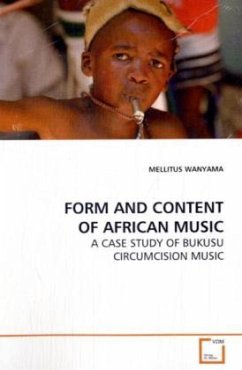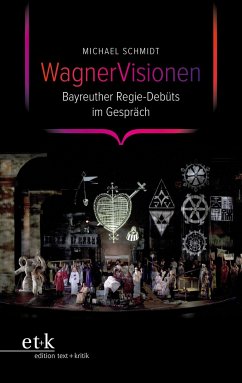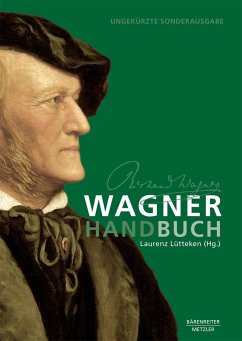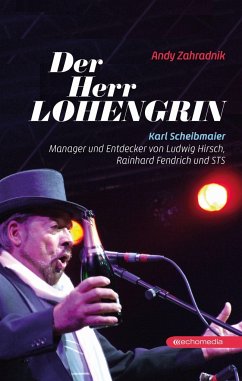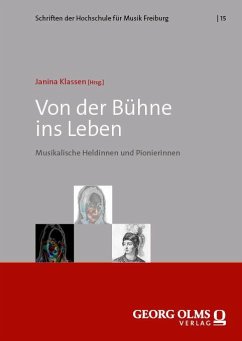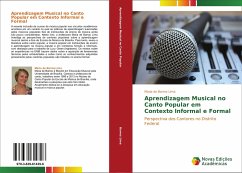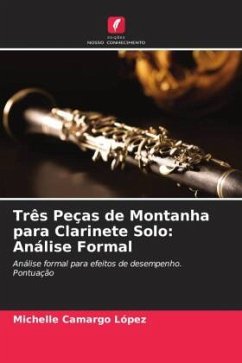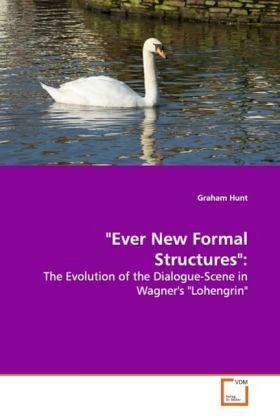
"Ever New Formal Structures":
The Evolution of the Dialogue-Scene in Wagner's "Lohengrin"
Versandkostenfrei!
Versandfertig in 6-10 Tagen
39,99 €
inkl. MwSt.

PAYBACK Punkte
20 °P sammeln!
Wagner once referred to the formal layout of"Lohengrin" and the possibilities for futureinnovations: it is bound to lead to ever new formalstructures along the road which I myself have openedup. The three dialogue-scenes in Lohengrin revealexamples of these new formal structures in variousguises; these new formal structures contain bothrecontextualized Romantic opera traditions (such asthe aria or duet) and Wagner s own innovative musicalstructures. Each of the three scenes studied in thisbook represents a revolutionary construction for adialogue-scene: one a chain of aria-like numberswhose va...
Wagner once referred to the formal layout of
"Lohengrin" and the possibilities for future
innovations: it is bound to lead to ever new formal
structures along the road which I myself have opened
up. The three dialogue-scenes in Lohengrin reveal
examples of these new formal structures in various
guises; these new formal structures contain both
recontextualized Romantic opera traditions (such as
the aria or duet) and Wagner s own innovative musical
structures. Each of the three scenes studied in this
book represents a revolutionary construction for a
dialogue-scene: one a chain of aria-like numbers
whose varying complexity creates a
structural-dramatic rhetoric, another a series of
divergent monologue pairs and the third, a
dissolution of traditional forms and the most
progressive section of Lohengrin. The analyses of
these scenes in this book,
contextualized within the tradition of previous
German Romantic operas, reveal Wagner s first
concrete steps toward his new aesthetic ideal, in
which music and drama cohere as two inseparable
halves of one artistic whole. This important study
will be valuable to anyone studying Wagner, operatic
history, or 19th-Century music.
"Lohengrin" and the possibilities for future
innovations: it is bound to lead to ever new formal
structures along the road which I myself have opened
up. The three dialogue-scenes in Lohengrin reveal
examples of these new formal structures in various
guises; these new formal structures contain both
recontextualized Romantic opera traditions (such as
the aria or duet) and Wagner s own innovative musical
structures. Each of the three scenes studied in this
book represents a revolutionary construction for a
dialogue-scene: one a chain of aria-like numbers
whose varying complexity creates a
structural-dramatic rhetoric, another a series of
divergent monologue pairs and the third, a
dissolution of traditional forms and the most
progressive section of Lohengrin. The analyses of
these scenes in this book,
contextualized within the tradition of previous
German Romantic operas, reveal Wagner s first
concrete steps toward his new aesthetic ideal, in
which music and drama cohere as two inseparable
halves of one artistic whole. This important study
will be valuable to anyone studying Wagner, operatic
history, or 19th-Century music.



